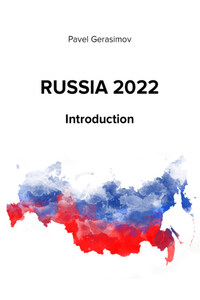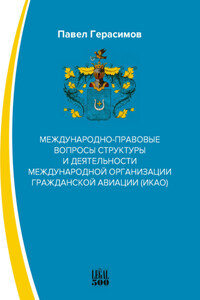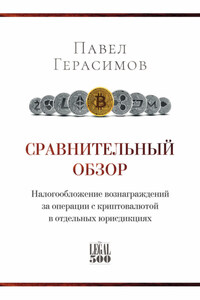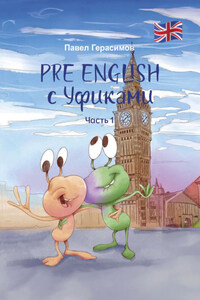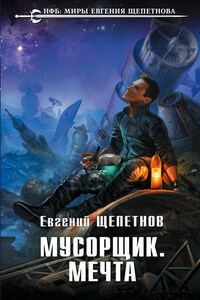Introduction
RUS-000
Russia, the major part of the former Soviet Union, is located in Eurasia, bordering the Arctic Ocean, between Europe and the North Pacific Ocean. With a total area of 17,075,200 square km, of which land is 16,995,800 square km and water is 79,400 square km, Russia is now the largest country in the world by territory. Its land boundaries stretch as far as 20,017km. Russia’s border countries are Azerbaijan, Belarus, China, Estonia, Finland, Georgia, Kazakhstan, North Korea, Latvia, Lithuania, Mongolia, Norway, Poland and Ukraine. Its coastline is 37,653km, its territorial sea is 12nm, its exclusive economic zone is 200nm and its continental shelf is 200m depth or to the depth of exploitation.
These numbers do not include the Republic of Crimea and the city of Sevastopol due to the lack of uniformity of the international recognition of the accession of said territories by Russian Federation in 2014. Still, in Russian legislation the Republic of Crimea and the city of Sevastopol are regarded as the integral parts of Russian Federation, even though due to their turbulent international legal status some local legislative acts and law enforcement practices may deviate.
Climate in Russia ranges from steppes in the south to humid continental in much of European Russia and subarctic in Siberia to tundra climate in the polar north. Winters are cool along the Black Sea coast and frigid in Siberia. Summers are warm in the steppes and cool along Arctic coast. Terrain is mostly plain with low hills west of Urals. There is vast coniferous forest and tundra in Siberia, uplands and mountains are along southern border regions. The lowest point in Russia is Caspian Sea at 28m, and the highest mountain is Elbrus, 5,633m, which is also the tallest peak in Europe.
Russia has a wide range of natural resources including oil, natural gas, coal, minerals and timber. However, there are climatic impediments to the exploitation of these resources: permafrost, spring floods and summer/autumn forest fires in Siberia; a too dry or too cold climate; and a lack of proper soil for agriculture.
Russia is party to a number of international agreements on environment: Air Pollution, Air Pollution – Nitrogen Oxides, Air Pollution – Sulfur 85, Antarctic – Environmental Protocol, Antarctic – Marine Living Resources, Antarctic Seals, Antarctic Treaty, Biodiversity, Climate Change, Climate Change Kyoto Protocol, Paris Agreement, Endangered Species, Environmental Modification, Hazardous Wastes, Law of the Sea, Marine Dumping, Ozone Layer Protection, Ship Pollution, Tropical Timber 83, Wetlands and Whaling.
